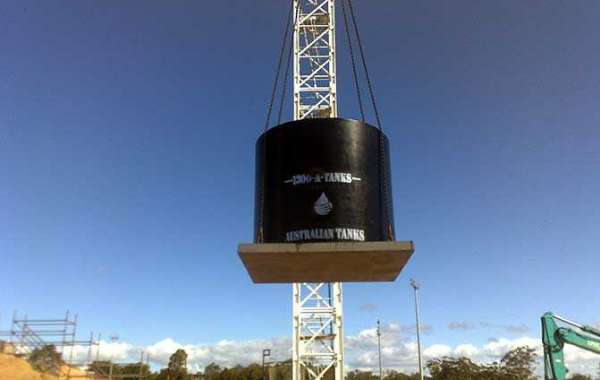Water is essential, according to the United Nations, and living without it is a violation of human rights and dignity. Water is scarce in many parts on the planet, especially in Australia, where the temperature is often hot and dry, fresh and pure water can be a limited and important resource.
The availability of local water resources, such as underground stormwater detention tanks, is critical for survival in any situation. Even in locations where water mains are plentiful, these natural features can be useful assets. Many homes nowadays may desire to supplement their water supply, feel compelled to offer their own alternative and renewable water source, or just refuse to drink water that has been chemically treated. Water tanks are erected on residential, commercial, and industrial premises for a variety of purposes, as you can see.
Because of its structure, round water tanks are the most cost-effective water storage option per litre. Slimline tanks are easier to put into tight locations and have strengthened wall support, but they are more difficult to construct. As a result, they're a little more costly. Both tank types are available in a variety of colours and can be customised to fit a variety of budgets.
Water tanks are available in a range of materials and can be built above or below ground. The most common materials used to make tanks are:
Polyethylene
Polyethylene tanks, sometimes known as 'poly' tanks, are lightweight, UV resistant, non-corrosive, and simple to move. They come in a variety of sizes and colours, and because they can withstand extreme outdoor temperatures, they can be placed above or below ground. They are simple to repair if they are destroyed by accident.
Metal
Metal tanks made of stainless steel or galvanised steel are light and portable. They are available in a variety of sizes, can be customised, and can be used above or below ground. Corrugated, flat-surfaced, or coated corrugated.
Precast Concrete Tanks and fibreglass water storage vessels are also available. Many tank types are only rated for atmospheric pressure; therefore, they can't be used to store vacuum or pressure.
Pumps and Accessories
o Pressure pumps should be powerful and dependable, and they should come in a variety of pressure and flow configurations.
o If you want fresh, pure water, you'll need filters.
o Rainheads are useful if your reservoir is being used as a rainwater tank.
o Diverters for the first flush will aid in the removal of vegetable matter from the water.
o Access to underground tanks is provided via manhole covers.
o Strainers for overflow.
o Tank level indicators to show how full your tank is.
Of course, there are a plethora of various accessories available for your water tank. Some people will even design their own set of improvements, but be sure you are not breaking your sales agreement or voiding your warranty if you do so.
Water tanks are both environmentally friendly and low-maintenance. They simply need to be fully cleaned every two to three years. Check the phone book or, better yet, the Internet to find a reputable installer. Reviews may both alert you about con artists and assist you in determining which tank is best suited to your needs. Many of your questions can also be answered in online forums. It's true! People are willing to share their knowledge and assist their fellow environmentalists!
Australian Tank is a company that specialises in Stormwater detention tank, water tanks, and solar hot water systems. We specialise in household rainwater collection and storage, as well as the design and installation of solar hot water and solar energy systems. Our rainwater tanks and water tanks are the best in the business.








